Explore the only million-year-old 'giant honeycombs' on Earth
Purnululu National Park, Australia is known for its outstanding scenery and geological value, where the Bungle Bungle range stands out with sandstone rocks with extremely unique shapes that look like giant honeycombs.
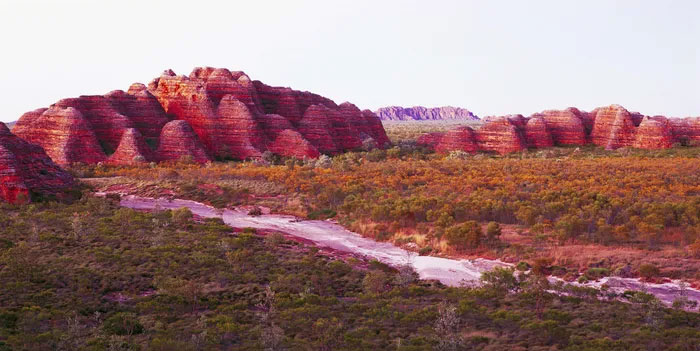
Rising 300m above the plain, the sandstone domes are one of the world's most fascinating geological landmarks.

That's why the dome mazes here are likened to giant beehives
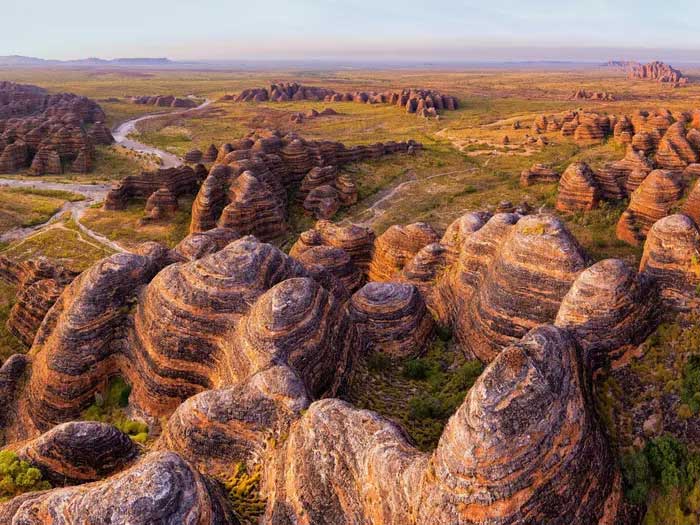
The rocks were created over a period of 20 million years as water gradually eroded the karst sandstone, creating eye-catching shapes.
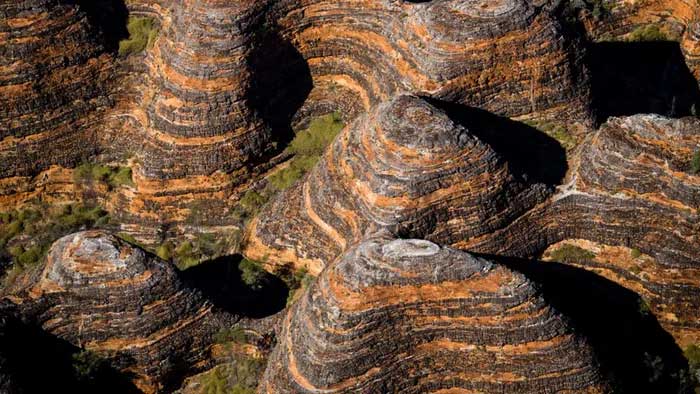
The honeycomb shape is visually appealing while the natural stripes add a unique character that can't be found anywhere else.
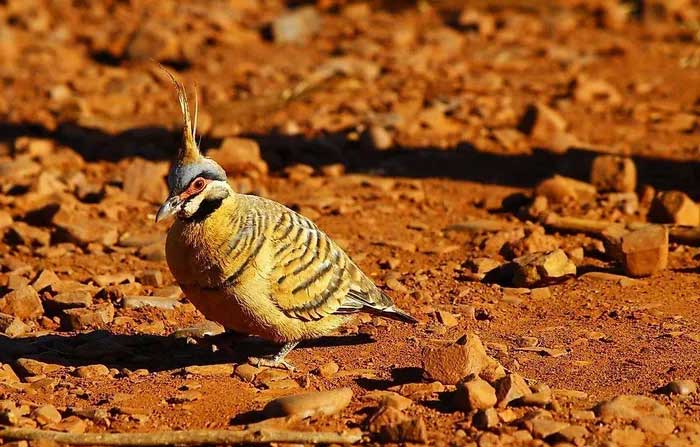
Purnululu National Park is also home to 130 bird species, as well as unique native animals.
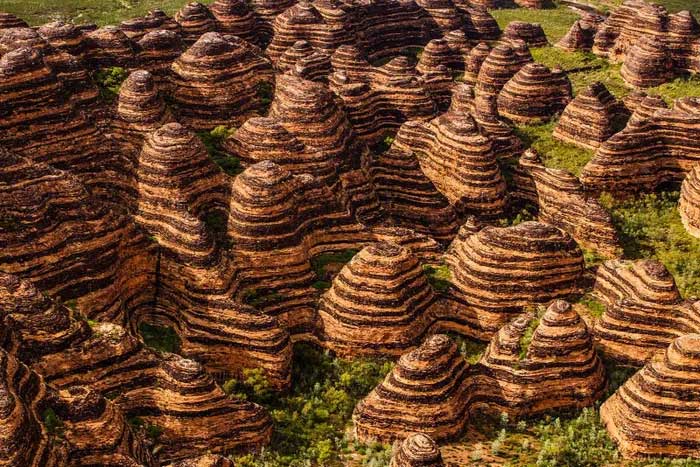
Although the Bungle Bungles existed for about 350 million years, it was not until 1983 that the area became known after treasure seekers accidentally discovered it.

The Bungle Bungles are described as 'unrivaled in their scale, extent, grandeur and variety of form anywhere in the world'

With its unique geological and historical significance, Purnululu was listed as a World Heritage Area in 2003.
- Half-billion-year-old 'zombie' burrows into the Earth's heart, trapped between diamonds
- The 50m meteorite may crash into Earth later this year
- Looking at 10,000-year-old paintings, experts wonder: Could the Earth have been designed in advance?
- Comet visit Earth before disappearing 80,000 years
- NASA panicked because the giant rock was about to graze the Earth
- Meteorites like 65,000 atomic bombs are about to stab the Earth?
- When did the first forests on Earth appear?
- In the belly of the Earth there is a 'hell' born from another planet
- The scientific element makes it easy to become a giant
- Giant meteors are about to fly across Earth
- Huge meteorites make the Earth hot to 2,300 degrees Celsius
- Earth will become a giant greenhouse
 Is the magnetic North Pole shift dangerous to humanity?
Is the magnetic North Pole shift dangerous to humanity? Washington legalizes the recycling of human bodies into fertilizer
Washington legalizes the recycling of human bodies into fertilizer Lightning stone - the mysterious guest
Lightning stone - the mysterious guest Stunned by the mysterious sunset, strange appearance
Stunned by the mysterious sunset, strange appearance Another month became the hottest month globally, setting an unprecedented record
Another month became the hottest month globally, setting an unprecedented record  Unprecedented heat will cover Southeast Asia
Unprecedented heat will cover Southeast Asia  Asian superpower builds an 'underground transportation' system that is likened to the 'space age' that surprises the world
Asian superpower builds an 'underground transportation' system that is likened to the 'space age' that surprises the world  Does braised pork and fish meat and fish cause cancer?
Does braised pork and fish meat and fish cause cancer?  AI can 'save' endangered animals
AI can 'save' endangered animals  Waterproof electronic glove design
Waterproof electronic glove design 